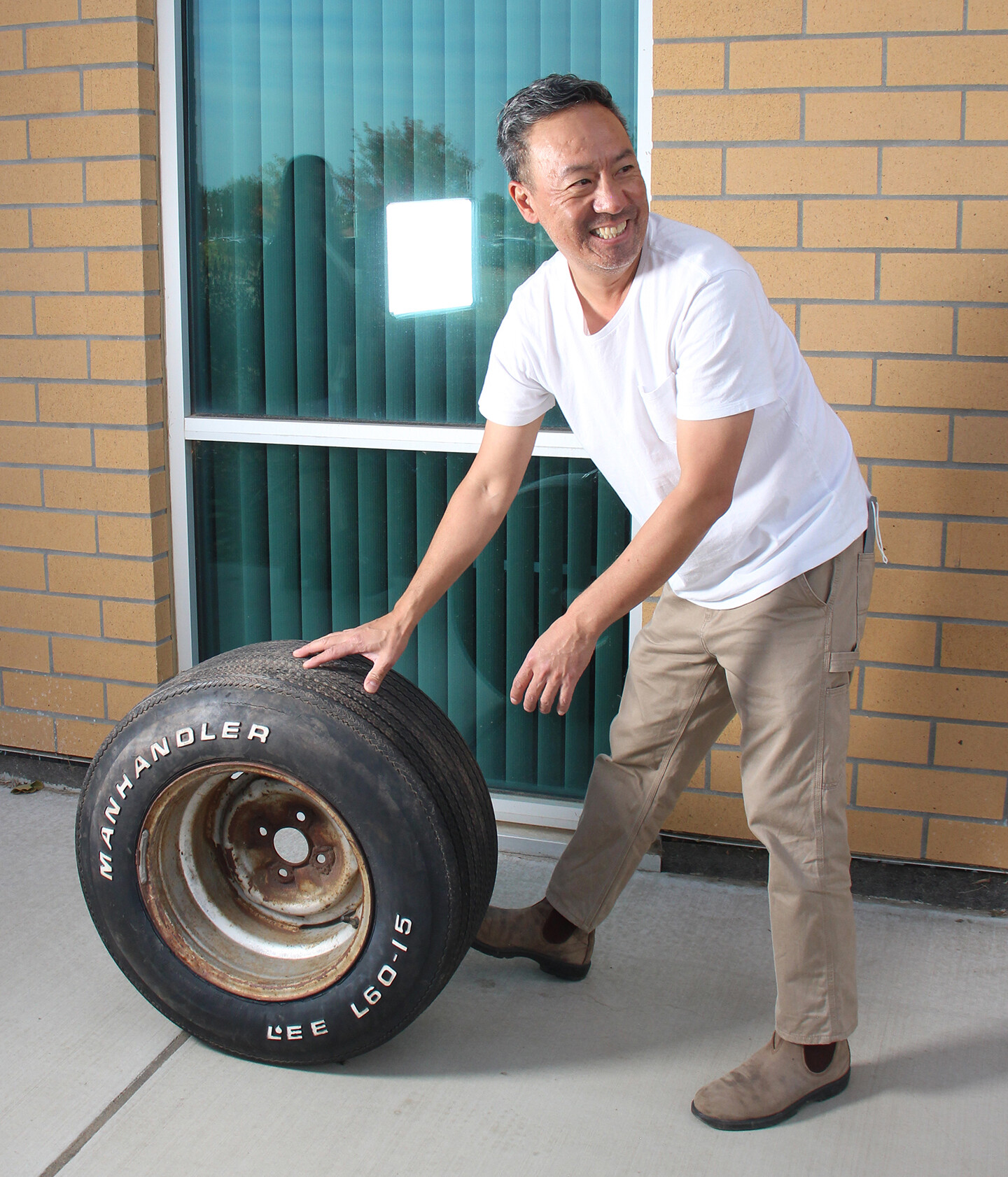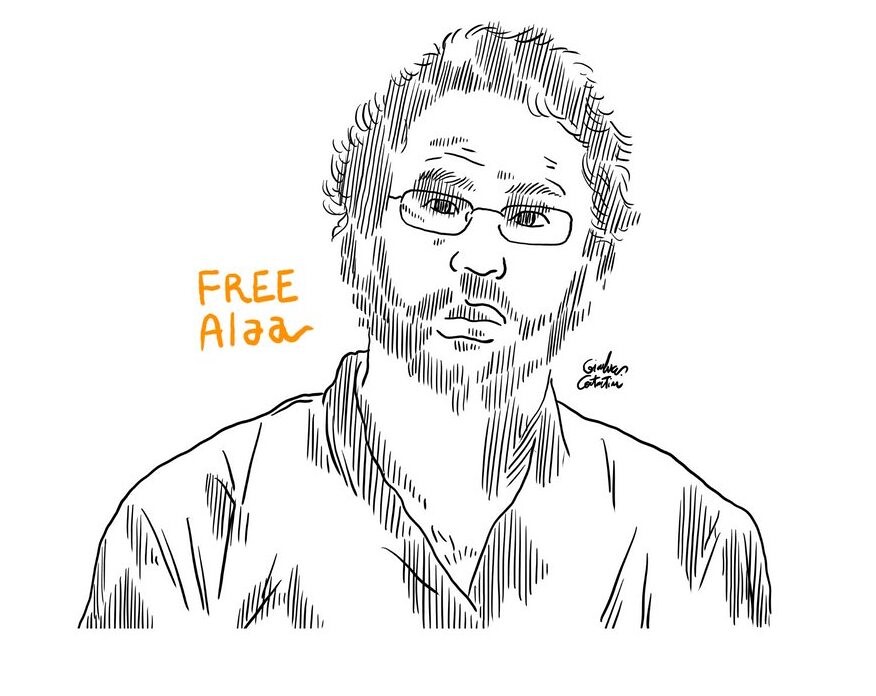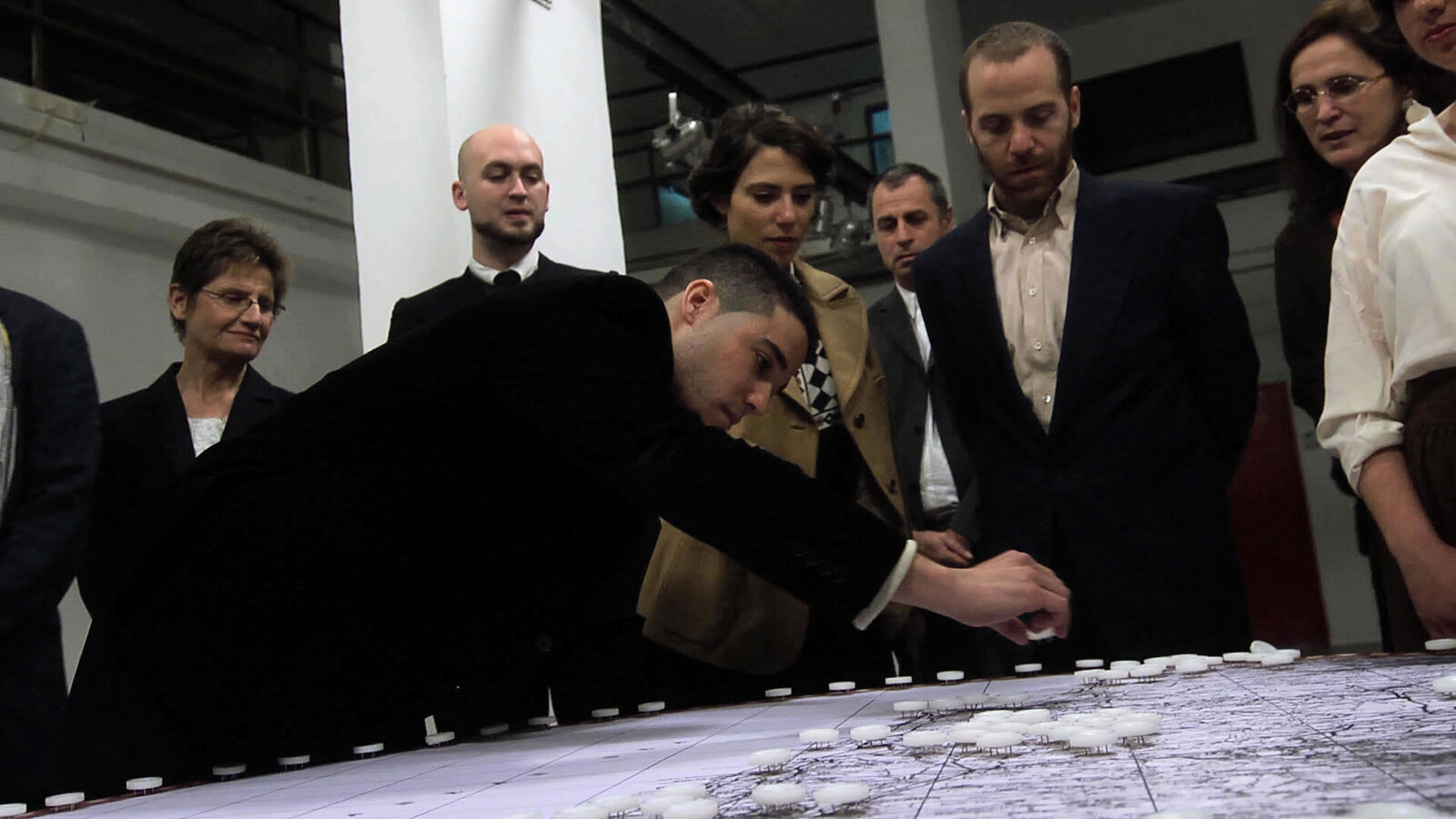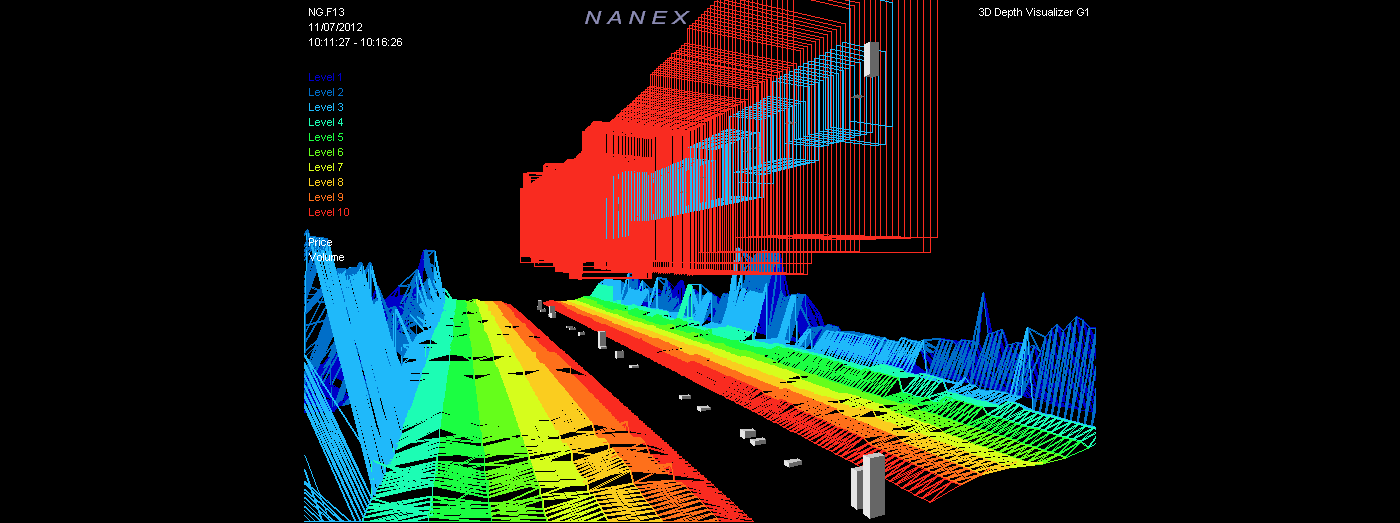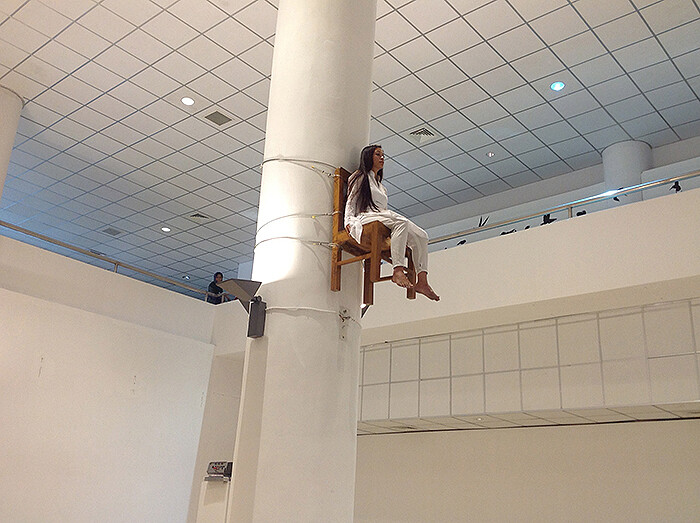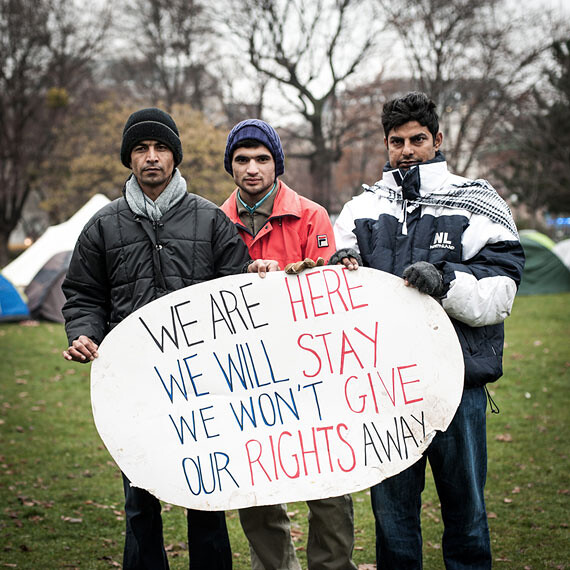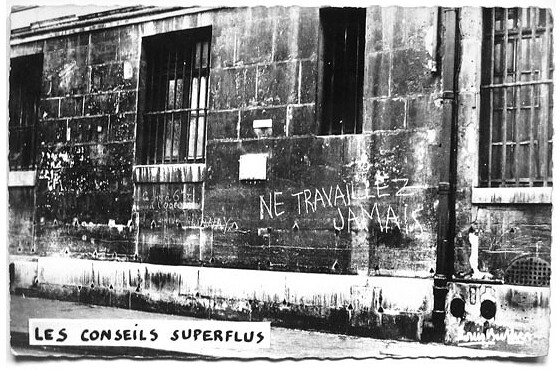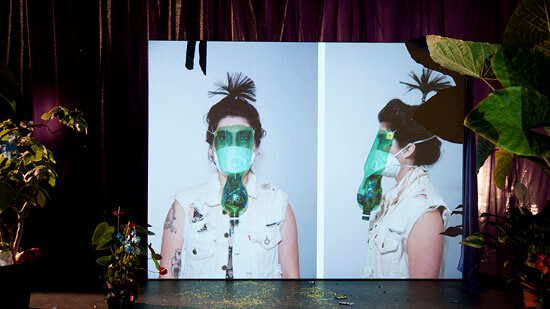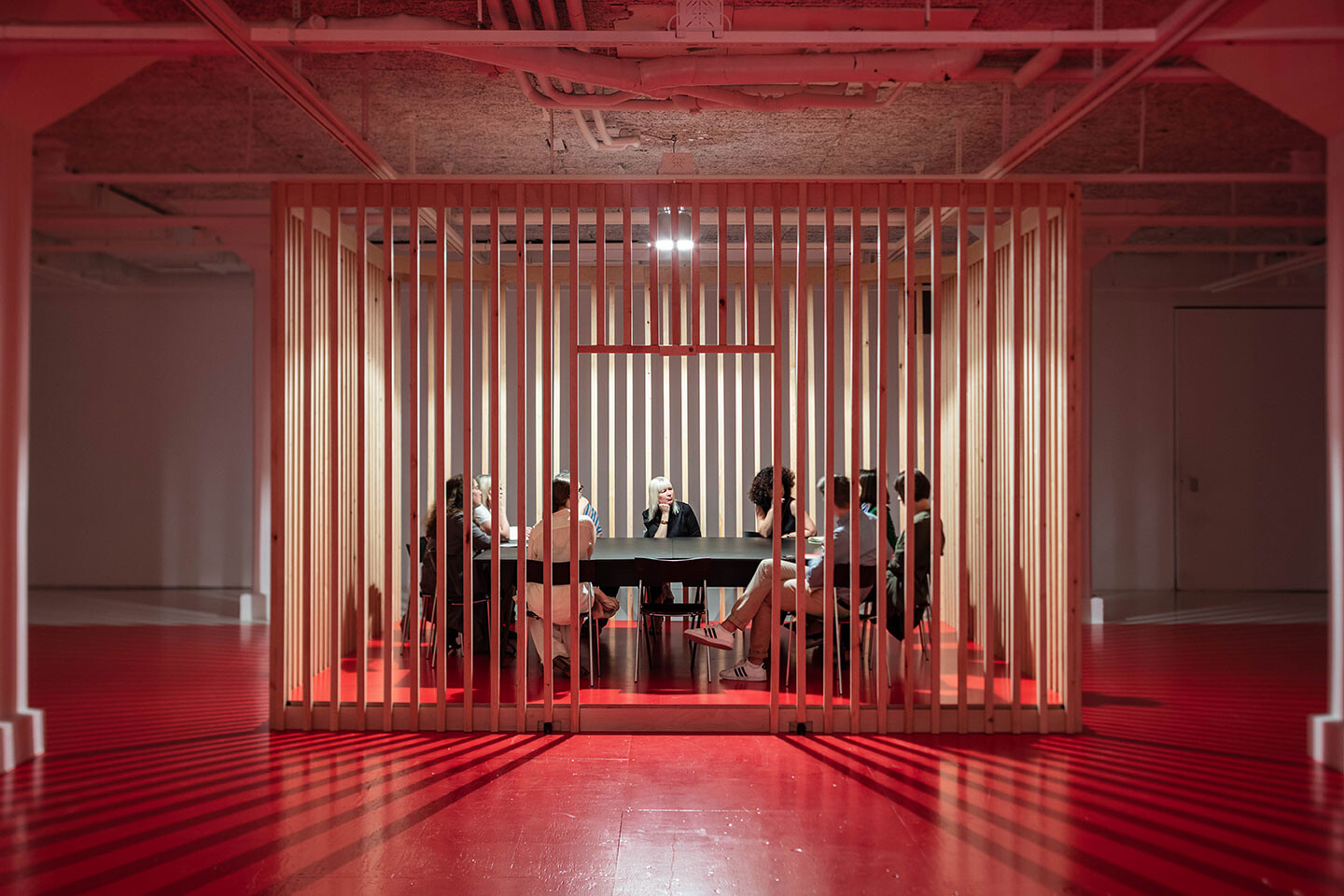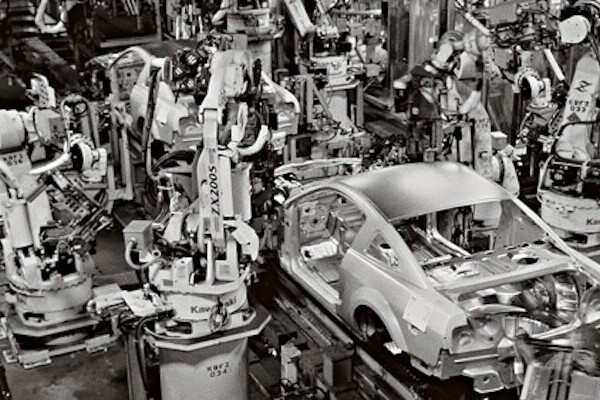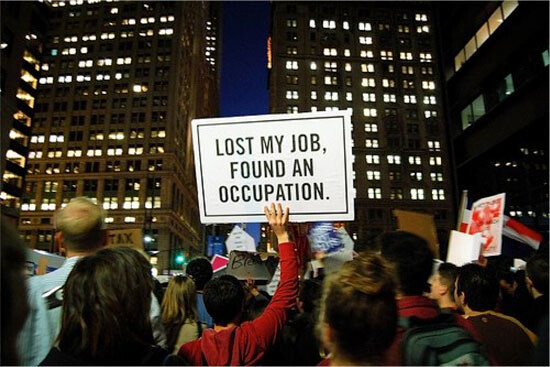Imagine experts in the world of art admitting that the entire project of artistic salvation to which they pledged allegiance is insane and that it could not have existed without exercising various forms of violence, attributing spectacular prices to pieces that should not have been acquired in the first place. Imagine that all those experts recognize that the knowledge and skills to create objects the museum violently rendered rare and valuable are not extinct. For these objects to preserve their market value, those people who inherited the knowledge and skills to continue to create them had to be denied the time and conditions to engage in building their world. Imagine museum directors and chief curators taken by a belated awakening—similar to the one that is sometimes experienced by soldiers—on the meaning of the violence they exercise under the guise of the benign and admitting the extent to which their profession is constitutive of differential violence.
Agents of artistic circulation mistake the decision to withdraw one’s labor or participation for idle disengagement. The illusion of political agency granted by global artistic circulation underpins this ideology. In contrast to these false accusations, striking art workers engage in artistic self-organization, the highest form of social creativity, which produces new social assemblages that sustain artistic creativity beyond its ossified forms. Only when reinvigorated by strikes, boycotts, and occupations do institutions of the commons emerge and provide ground for art as a practice of freedom. Far from destroying circulation, the refusal of art workers in moments of productive withdrawal allows for its resumption at some point in the future and under better terms. Without moments of collective refusal, there would be nothing to circulate under the name of art but luxurious objects, emptied of sense and value.
Gabrielle Moser and Helena Reckitt
Annalisa Pellino
Camila Charask and Catalina Imizcoz
Dennis Brzek
e-flux journal editors
